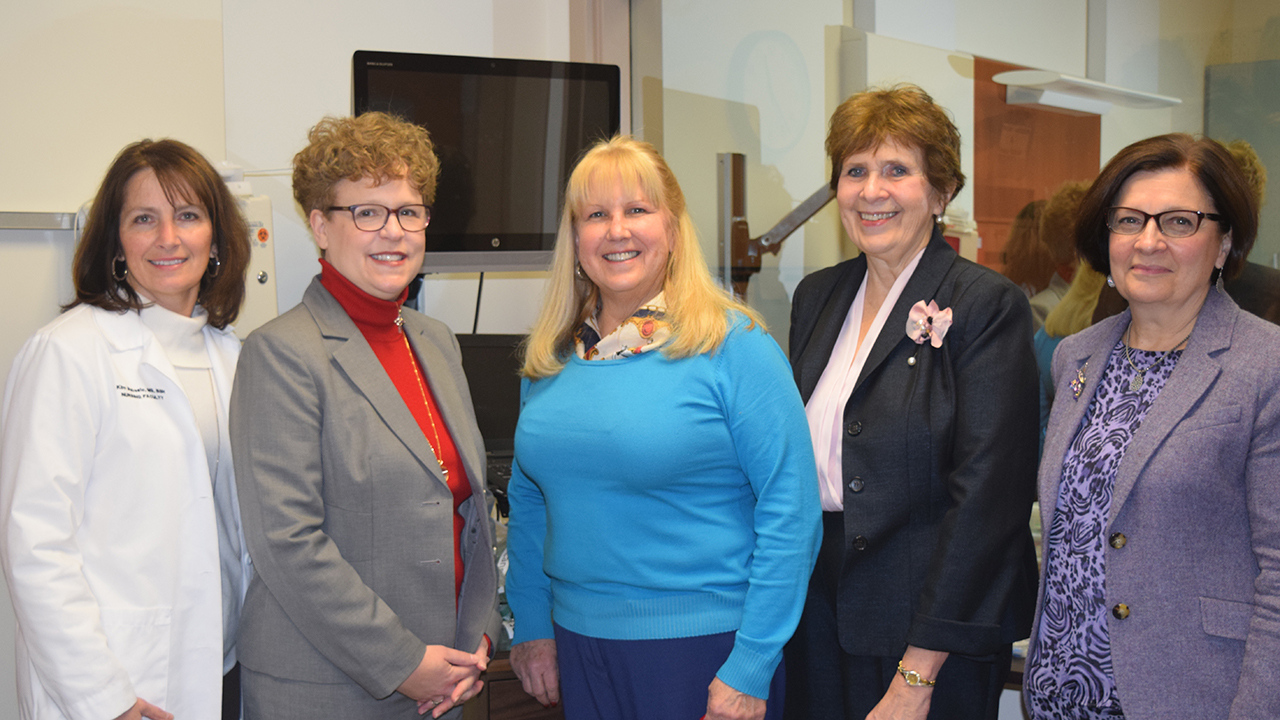Faculty Weigh in on the Year of the Nurse and Midwife

In the 200 years since Florence Nightingale was born, the practice of nursing has evolved. As the largest group of health care professionals in the United States, nurses and midwives are the backbone of health care services.
The World Health Organization has designated 2020 as the Year of the Nurse and Midwife, in honor of the tireless contribution of nurses and midwives to health care. The aim of the designation is to highlight the challenges nurses face and the urgent need for governments to increase investment in the profession as well as advance nurses’ vital position in transforming health care around the world.
“(Nurses) work at all levels of health care, from primary health care services within the communities through to most specialized levels of hospital care. In the hospital setting, nurses are with patients 24/7,” said Dr. Mary Jane Hanson, director of graduate and Doctor of Nursing Practice programs in the University’s Nursing Department.
Evolving over many decades, health care is now delivered in a variety of settings. Dr. Mary Jane K. DiMattio, points out that “a lot of care is now being delivered outside of the hospital which is a very good thing. However, those who are left in hospitals are sicker and more vulnerable than ever. That’s one of the settings where we are having the most difficulty keeping well-educated nurses. Part of that is because of the production model of the hospital setting is not conducive to the kind of care that we want to give and turnover occurs. We have to have more of a voice in the business aspects of health care that is delivered in more traditional settings like hospitals.”
Dr. Marian Farrell, states “the big difference between Florence Nightingale and our nurses today is our education. I think we have to really invest in our education. It’s important that people in the community recognize that it is not just a nurse. It is the nurse”.
It is estimated that there will be a shortage of 9 million nurses in the world by 2030.
“We’ve been in a shortage for a long time,” said Dr. Kim Subasic, the interim department chairperson. “However, it’s a matter of how severe the shortage is. With the aging population and aging nursing faculty, we won’t have the number of nursing faculty to educate the number of new nurses needed. “
It is also important to note we are going into an era with increasing climate change. Dr. Margarete Zalon, adds that “this will be very disruptive to populations and their health. This is another area where nurses can make a contribution to society and to populations around the world. I think we are going to see a lot of movement and therefore that is going to create a need for health services. We certainly see it in our own country with the number of disasters and the need for people to respond. When you look at the growth of health care, professions in nursing are growing, but there are very few years when we are not in a nursing shortage.”






